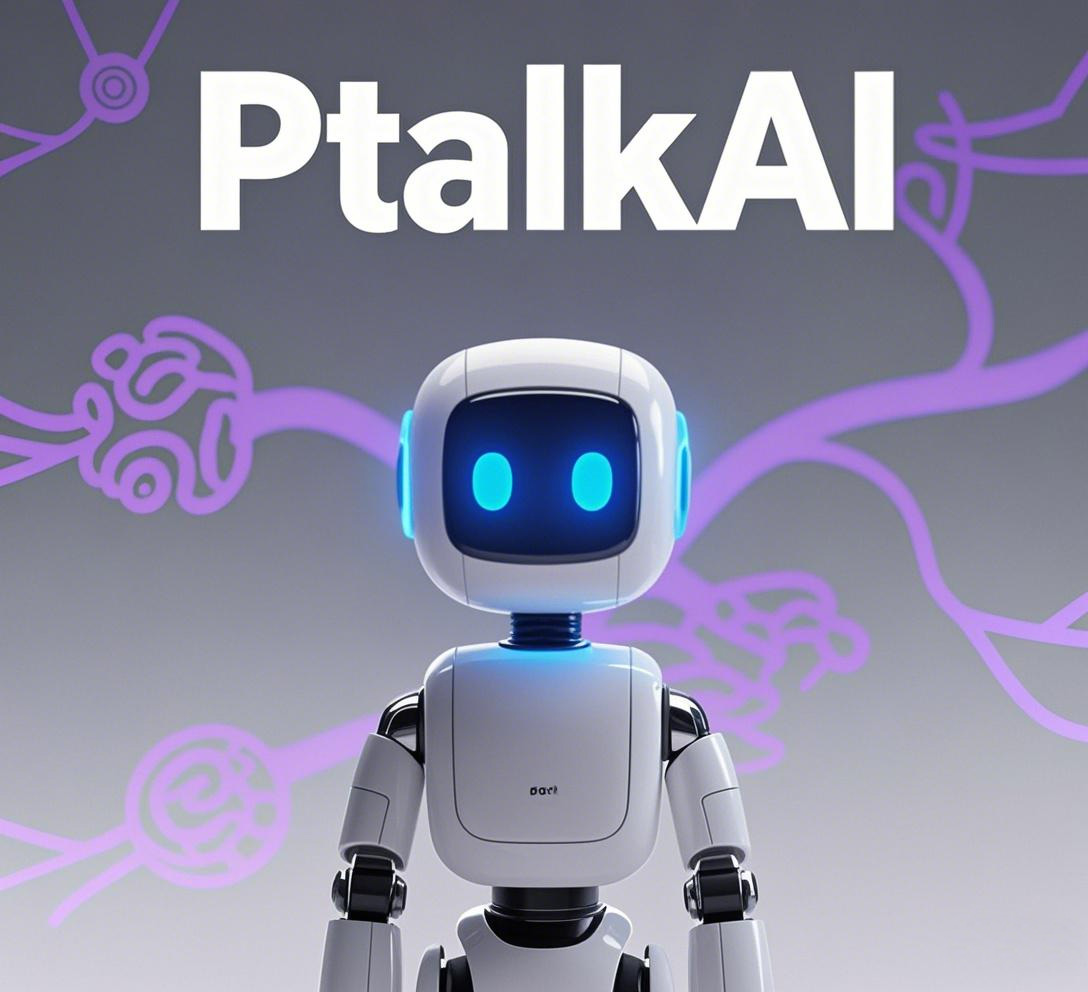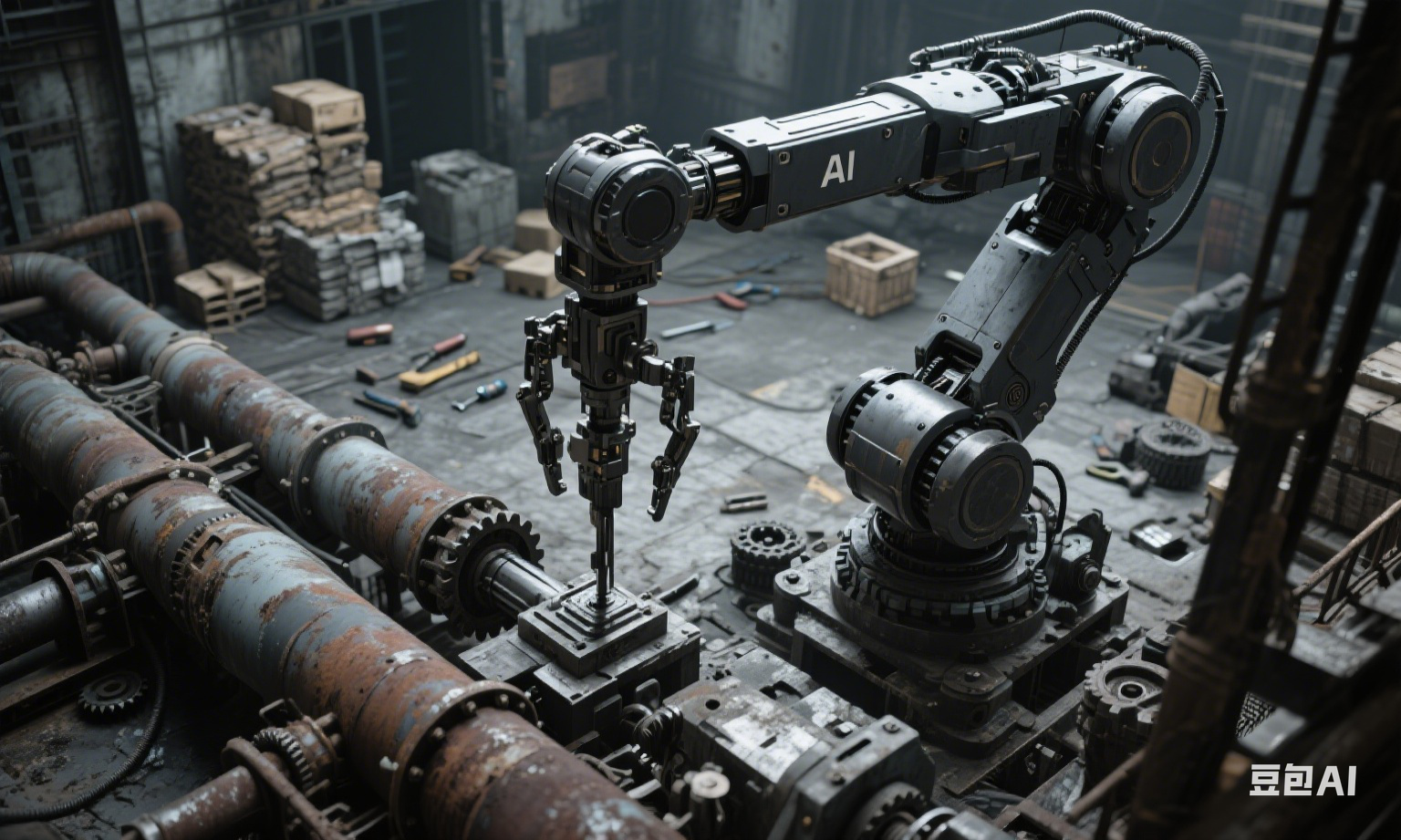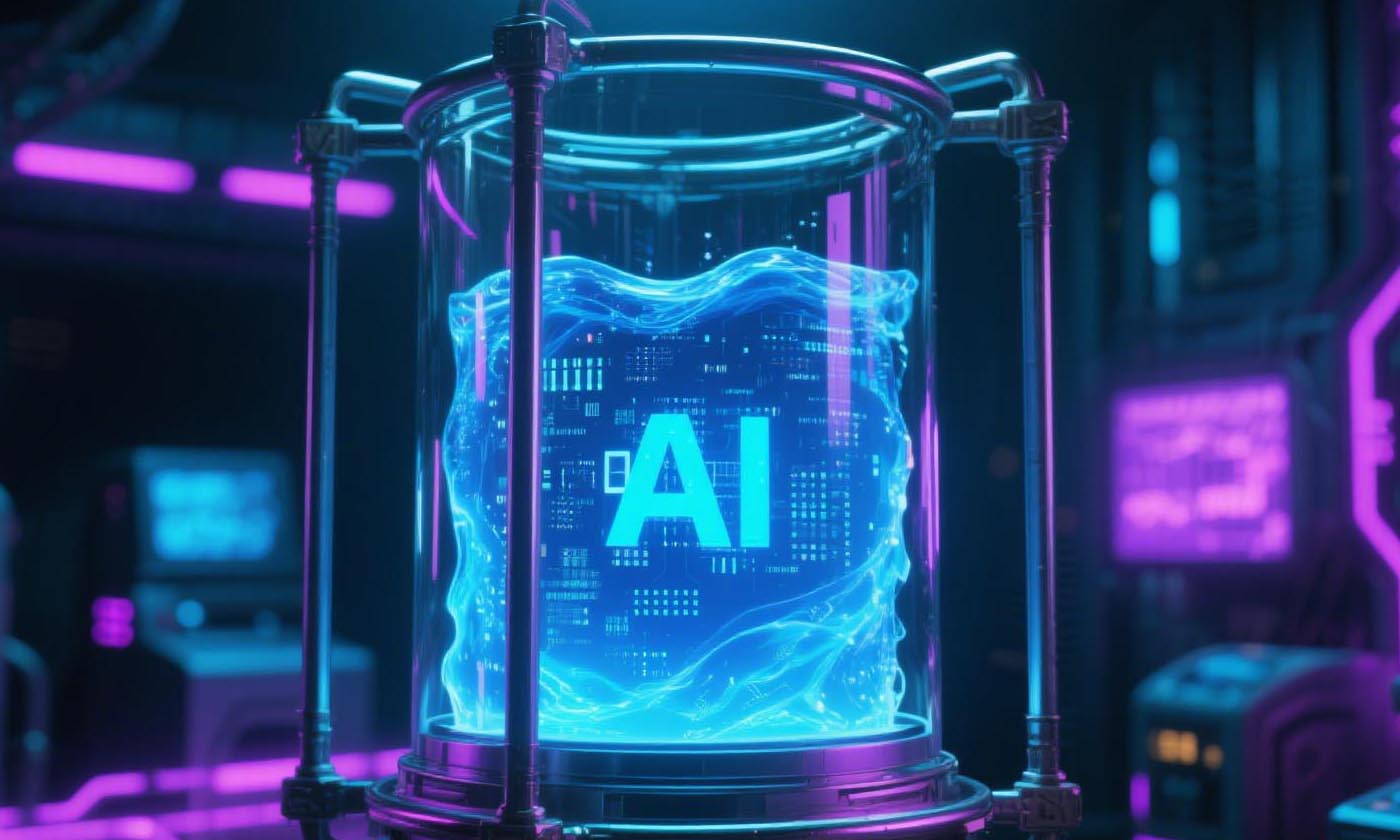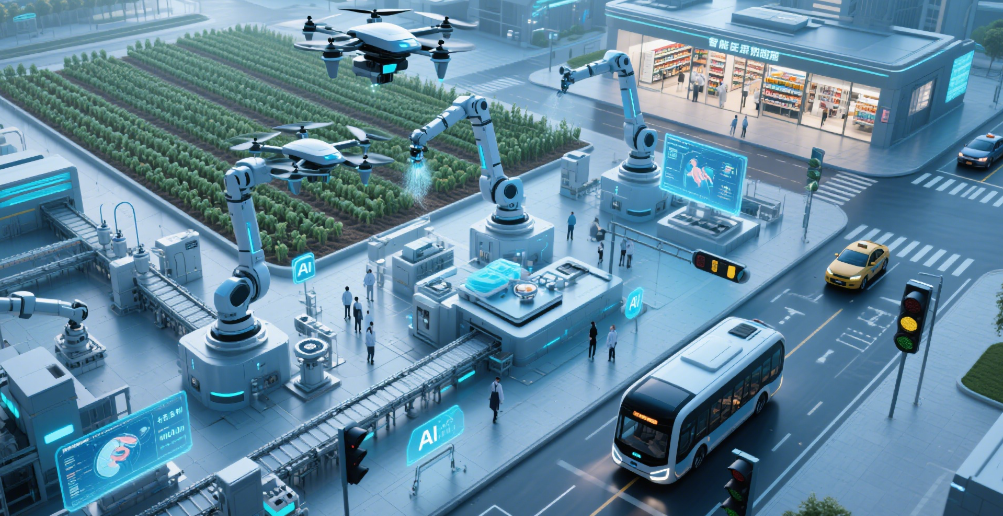AI and Mathematics: A Transformative Confluence
观棋 2025-06-19
In the ever - evolving landscape of modern technology, the convergence of artificial intelligence (AI) and mathematics stands as a pivotal development, heralding a new era of innovation and discovery. This symbiotic relationship has not only enhanced the capabilities of AI systems but also opened up new frontiers in mathematical research, revolutionizing diverse fields along the way.
AI and Mathematics: A Transformative Confluence
In the ever - evolving landscape of modern technology, the convergence of artificial intelligence (AI) and mathematics stands as a pivotal development, heralding a new era of innovation and discovery. This symbiotic relationship has not only enhanced the capabilities of AI systems but also opened up new frontiers in mathematical research, revolutionizing diverse fields along the way.
Mathematics serves as the bedrock upon which AI is built. Linear algebra, for instance, is fundamental to neural network architectures. Neural networks process information through a series of matrix operations, where each neuron's input and output relationships are modeled using matrices and vectors. These matrix multiplications are the computational engine that enables neural networks to learn patterns in data, whether it's recognizing images, understanding speech, or predicting trends in financial markets.
Calculus is another essential mathematical tool in the AI toolkit. Gradient descent, a calculus - based optimization algorithm, plays a crucial role in training neural networks. By calculating the gradient of the loss function (a measure of how well the model is performing), gradient descent adjusts the model's parameters to minimize this loss. This iterative process allows AI models to continuously improve their accuracy, making them more effective at handling complex tasks.
Probability and statistics are also intertwined with AI. In machine learning, algorithms often deal with uncertain data. Bayesian statistics, for example, provides a framework for incorporating prior knowledge into the learning process, enabling AI systems to make more informed predictions. Statistical techniques are used to analyze and interpret data, helping to identify patterns and relationships that might otherwise remain hidden.
Conversely, AI is now acting as a powerful catalyst for mathematical research. Automated theorem proving, once a domain dominated by human mathematicians, has seen significant advancements with the introduction of AI - powered systems. These systems can analyze vast amounts of mathematical literature, identify potential theorems, and even attempt to prove them. Some AI - driven tools have been able to discover new mathematical relationships and shortcuts, accelerating the pace of mathematical discovery.
AI also helps in solving complex mathematical problems that are beyond the reach of traditional computational methods. In the field of number theory, for example, AI algorithms can sift through large sets of numbers to identify patterns related to prime numbers or number sequences. In geometry, AI - based simulations can model complex shapes and structures, providing insights into geometric properties and relationships that might be difficult to visualize or analyze manually.
The real - world applications of the AI - mathematics confluence are far - reaching. In healthcare, AI - powered mathematical models can analyze patient data, such as genetic information, medical images, and clinical records, to predict disease outcomes, develop personalized treatment plans, and even discover new drug targets. These models rely on a combination of mathematical algorithms from statistics, linear algebra, and optimization theory to process and interpret the data accurately.
In finance, AI - driven mathematical models are used for risk assessment, algorithmic trading, and fraud detection. By analyzing historical market data, economic indicators, and transaction patterns, these models can make predictions about market movements, optimize investment portfolios, and identify suspicious activities. The mathematical techniques employed include stochastic calculus for modeling financial derivatives, time - series analysis for predicting trends, and optimization algorithms for portfolio management.
Despite the numerous benefits, the integration of AI and mathematics also presents several challenges. One of the major concerns is the interpretability of AI models. Many advanced AI algorithms, such as deep neural networks, are often considered "black boxes" because it is difficult to understand how they arrive at their decisions. Mathematicians and computer scientists are working on developing techniques to make these models more interpretable, using concepts from linear algebra and probability to explain the internal workings of the algorithms.
Another challenge is the issue of bias in AI systems. Since AI models are trained on data, if the data contains biases, the models will also produce biased results. This can have serious consequences, especially in areas such as criminal justice, hiring, and lending. Mathematical techniques are being developed to detect and mitigate bias in data and algorithms, ensuring that AI systems are fair and unbiased.
In conclusion, the confluence of AI and mathematics represents a powerful force for change. As these two fields continue to evolve and interact, they will undoubtedly unlock new possibilities, solve complex problems, and drive innovation across various sectors. However, it is essential to address the challenges associated with this integration to ensure that the benefits of AI and mathematics are harnessed responsibly and equitably.
In the ever - evolving landscape of modern technology, the convergence of artificial intelligence (AI) and mathematics stands as a pivotal development, heralding a new era of innovation and discovery. This symbiotic relationship has not only enhanced the capabilities of AI systems but also opened up new frontiers in mathematical research, revolutionizing diverse fields along the way.
Mathematics serves as the bedrock upon which AI is built. Linear algebra, for instance, is fundamental to neural network architectures. Neural networks process information through a series of matrix operations, where each neuron's input and output relationships are modeled using matrices and vectors. These matrix multiplications are the computational engine that enables neural networks to learn patterns in data, whether it's recognizing images, understanding speech, or predicting trends in financial markets.
Calculus is another essential mathematical tool in the AI toolkit. Gradient descent, a calculus - based optimization algorithm, plays a crucial role in training neural networks. By calculating the gradient of the loss function (a measure of how well the model is performing), gradient descent adjusts the model's parameters to minimize this loss. This iterative process allows AI models to continuously improve their accuracy, making them more effective at handling complex tasks.
Probability and statistics are also intertwined with AI. In machine learning, algorithms often deal with uncertain data. Bayesian statistics, for example, provides a framework for incorporating prior knowledge into the learning process, enabling AI systems to make more informed predictions. Statistical techniques are used to analyze and interpret data, helping to identify patterns and relationships that might otherwise remain hidden.
Conversely, AI is now acting as a powerful catalyst for mathematical research. Automated theorem proving, once a domain dominated by human mathematicians, has seen significant advancements with the introduction of AI - powered systems. These systems can analyze vast amounts of mathematical literature, identify potential theorems, and even attempt to prove them. Some AI - driven tools have been able to discover new mathematical relationships and shortcuts, accelerating the pace of mathematical discovery.
AI also helps in solving complex mathematical problems that are beyond the reach of traditional computational methods. In the field of number theory, for example, AI algorithms can sift through large sets of numbers to identify patterns related to prime numbers or number sequences. In geometry, AI - based simulations can model complex shapes and structures, providing insights into geometric properties and relationships that might be difficult to visualize or analyze manually.
The real - world applications of the AI - mathematics confluence are far - reaching. In healthcare, AI - powered mathematical models can analyze patient data, such as genetic information, medical images, and clinical records, to predict disease outcomes, develop personalized treatment plans, and even discover new drug targets. These models rely on a combination of mathematical algorithms from statistics, linear algebra, and optimization theory to process and interpret the data accurately.
In finance, AI - driven mathematical models are used for risk assessment, algorithmic trading, and fraud detection. By analyzing historical market data, economic indicators, and transaction patterns, these models can make predictions about market movements, optimize investment portfolios, and identify suspicious activities. The mathematical techniques employed include stochastic calculus for modeling financial derivatives, time - series analysis for predicting trends, and optimization algorithms for portfolio management.
Despite the numerous benefits, the integration of AI and mathematics also presents several challenges. One of the major concerns is the interpretability of AI models. Many advanced AI algorithms, such as deep neural networks, are often considered "black boxes" because it is difficult to understand how they arrive at their decisions. Mathematicians and computer scientists are working on developing techniques to make these models more interpretable, using concepts from linear algebra and probability to explain the internal workings of the algorithms.
Another challenge is the issue of bias in AI systems. Since AI models are trained on data, if the data contains biases, the models will also produce biased results. This can have serious consequences, especially in areas such as criminal justice, hiring, and lending. Mathematical techniques are being developed to detect and mitigate bias in data and algorithms, ensuring that AI systems are fair and unbiased.
In conclusion, the confluence of AI and mathematics represents a powerful force for change. As these two fields continue to evolve and interact, they will undoubtedly unlock new possibilities, solve complex problems, and drive innovation across various sectors. However, it is essential to address the challenges associated with this integration to ensure that the benefits of AI and mathematics are harnessed responsibly and equitably.












